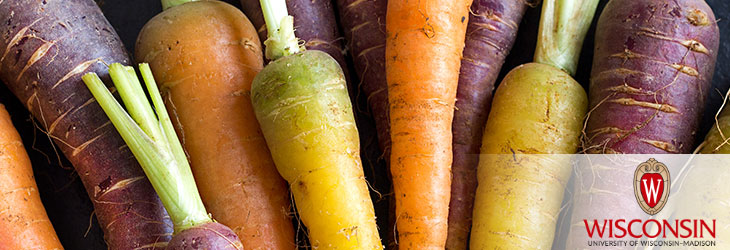Animals, Agriculture & Food

Plants and Seeds of Corn Comprising Brown Midrib and gt1 Genes
WARF: P05229US
Inventors: James Coors, Dustin Eilert, Patrick Flannery
The Wisconsin Alumni Research Foundation (WARF) is seeking commercial partners interested in developing lines of corn that result in higher yields and better quality forage.
Overview
Corn plants containing a brown midrib gene have less lignin in their cell walls, making forage from those plants more digestible. The independent grassy-tiller1 gene (gt1) enhances the regrowth of corn after cutting, producing multiple stalks and thus extra forage, and even enabling a second harvest in some latitudes.
The Invention
UW-Madison researchers have developed lines of corn that are homozygous for brown midrib and grassy-tiller1 genes. Corn including these two genes is bred for vigorous growth, uniformity and phenotypic stability. The enhanced regrowth leads to increased quantity and the reduced lignin leads to increased quality in the resultant forage.
Applications
- Improved corn production
Key Benefits
- Increases per-acre yield of forage in corn fields
- Other commercially desirable traits may be added via backcrossing or transgene insertion.
- Suitable for late-season planting
- High-fiber digestibility has been shown to increase milk yield in ruminants like dairy cattle.
- Grows quickly and offers flexibility to forage producers
Tech Fields
For current licensing status, please contact Emily Bauer at [javascript protected email address] or 608-960-9842